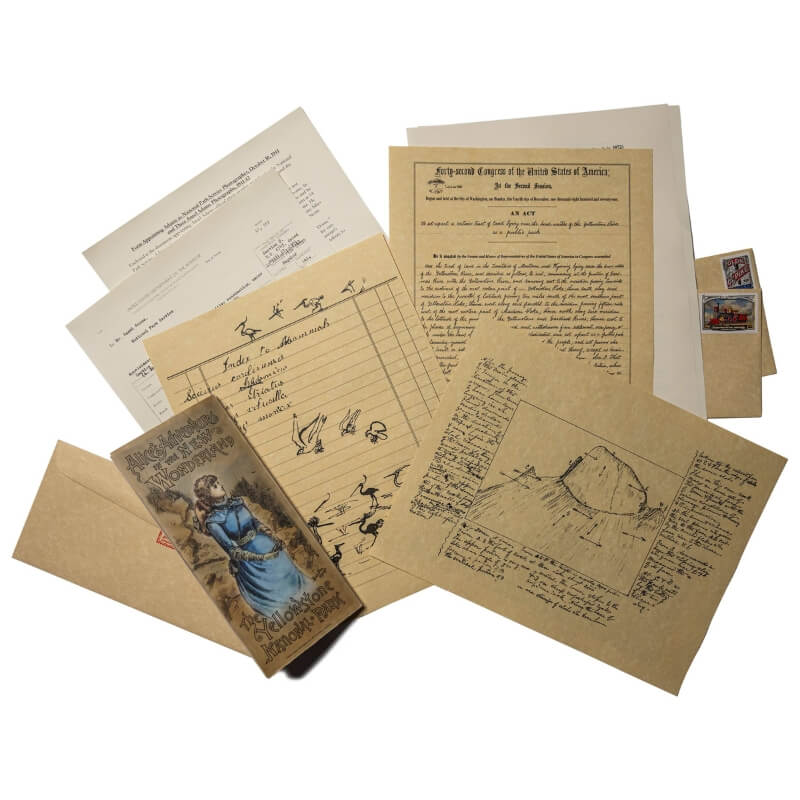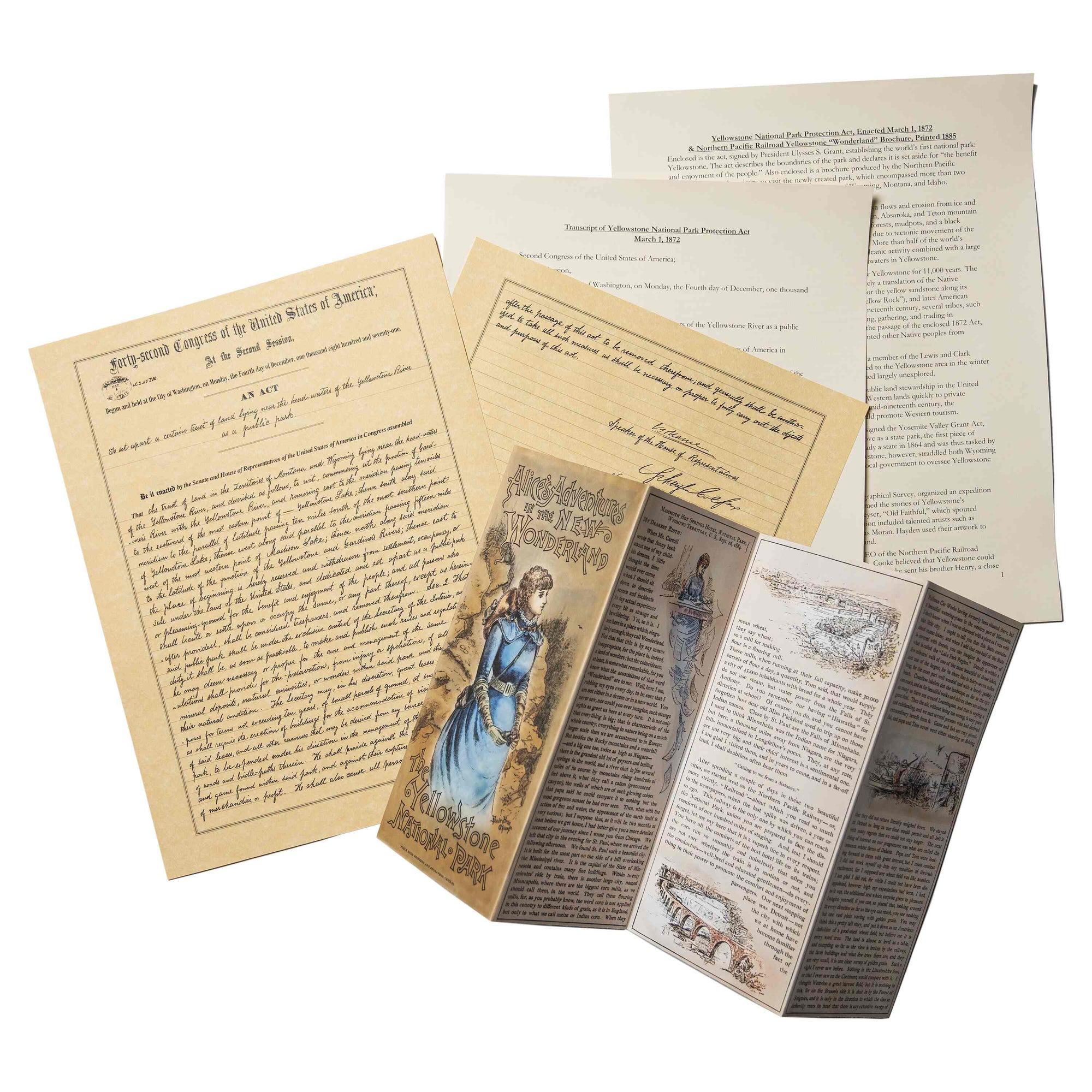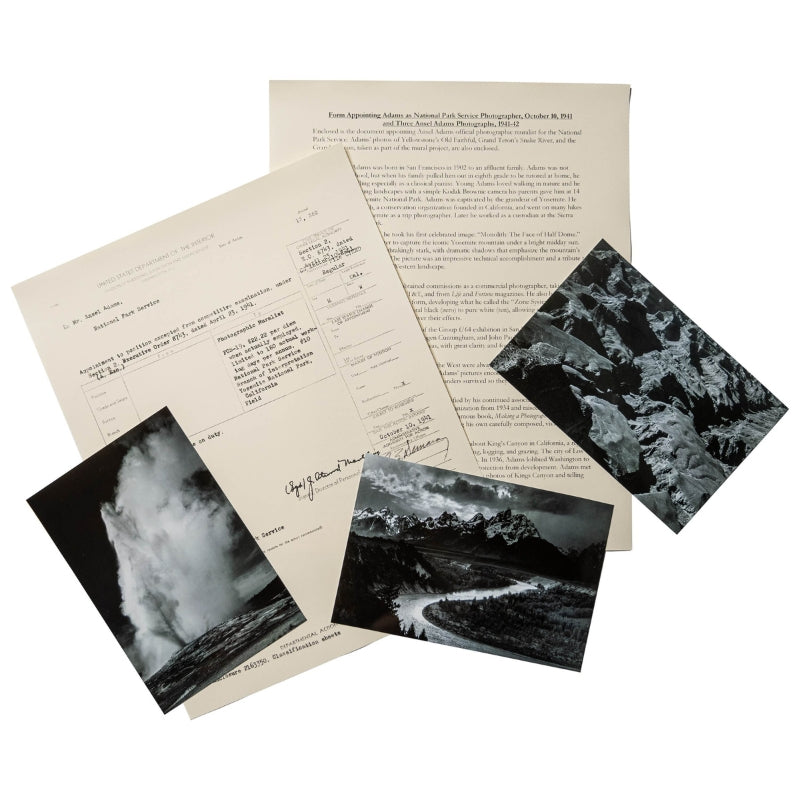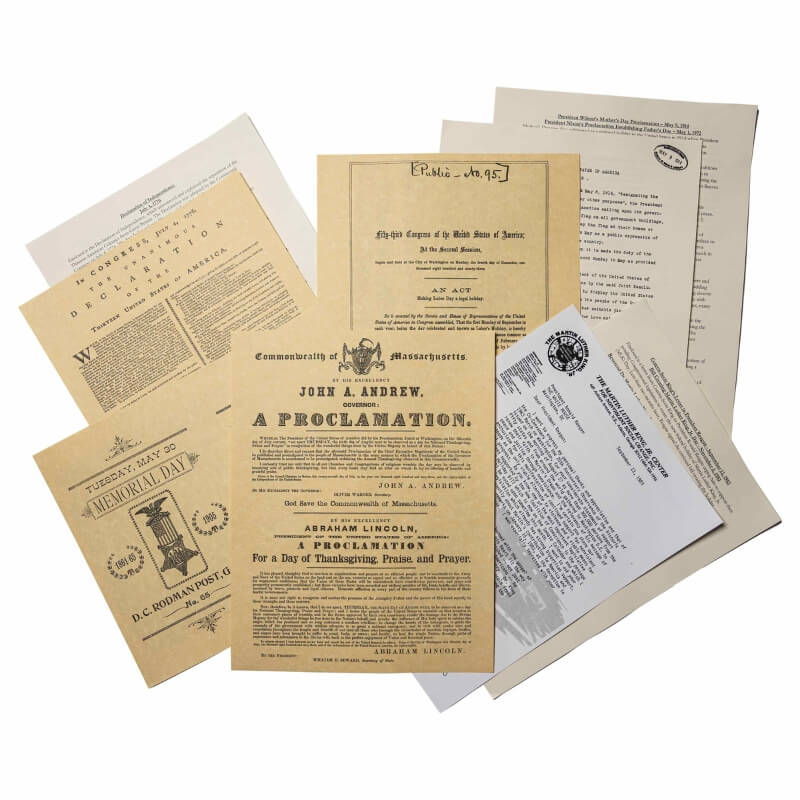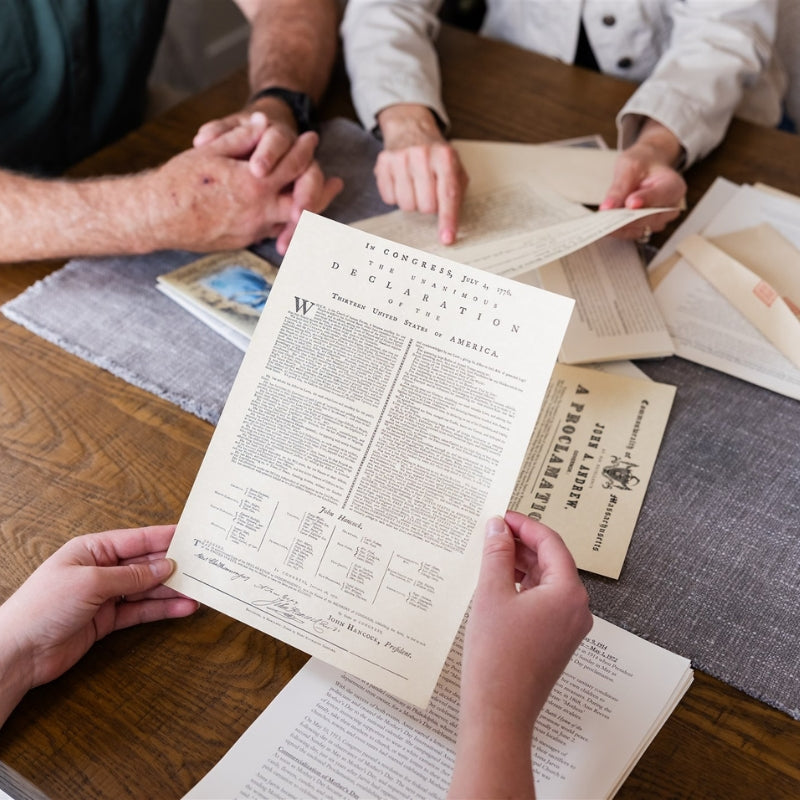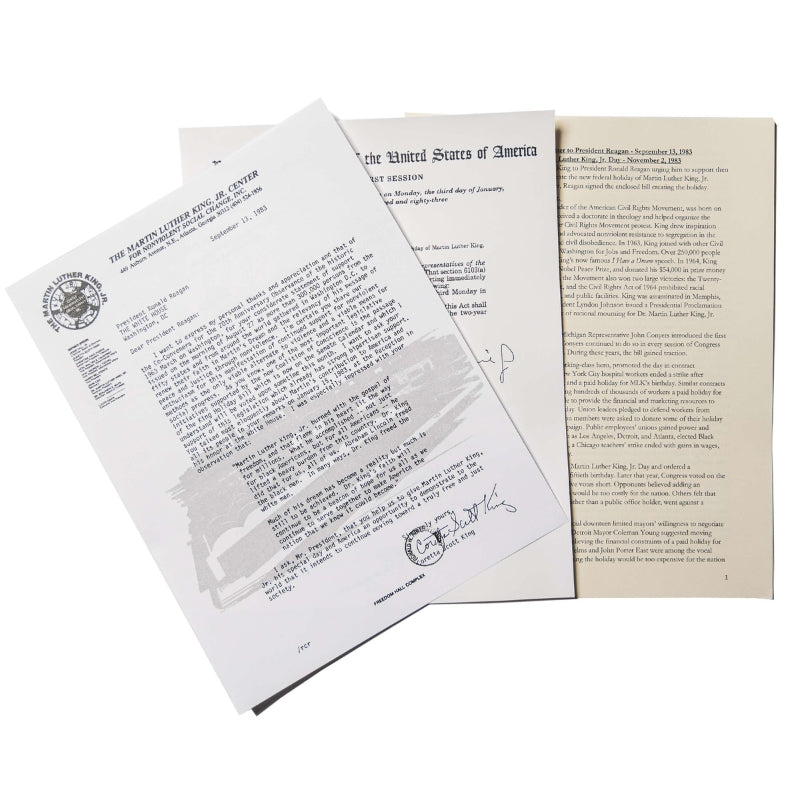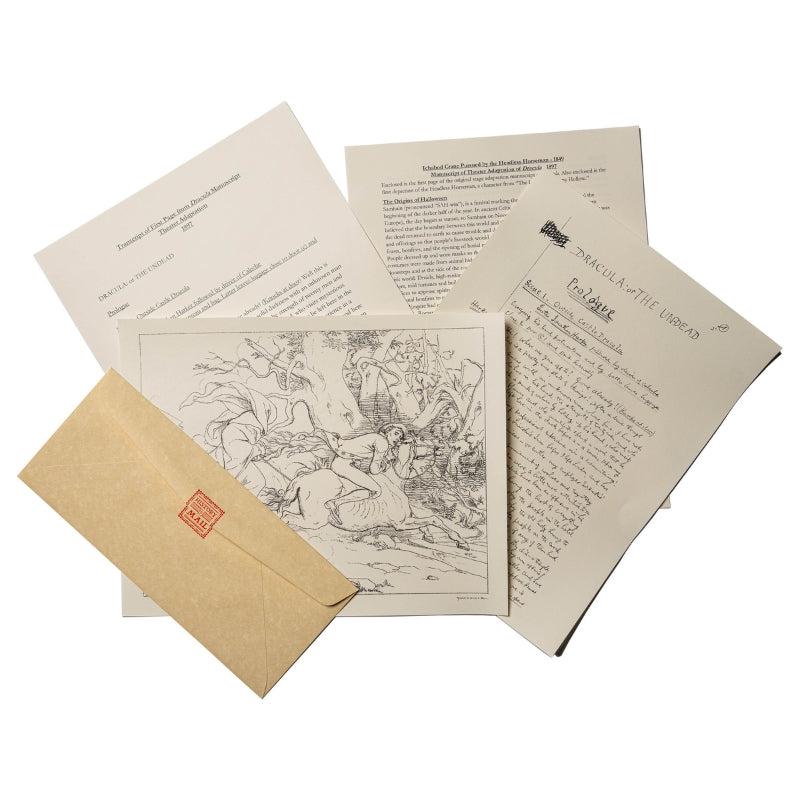As the American Civil War was ending, U.S. Secretary of State wrote this letter in March of 1865 to the U.S. Ambassador to Great Britain Charles Francis Adams. Adams was a writer, politician, son of President John Quincy Adams, and grandson and biographer of President John Adams. Charles Francis Adams had also served two terms in the Massachusetts State Senate and had run unsuccessfully for vice-president in the 1848 election with former President Martin Van Buren on the Free Soil Party ticket, a short lived political party whose single purpose was to oppose the expansion of slavery into Western territories.
While Charles Francis Adams was serving as Minster to the United Kingdom under President Abraham Lincoln, Adams worked to keep Britain neutral in the American Civil war as Confederate diplomats where working to have Britain enter the war on their side, or at least officially recognize the Confederacy. Meanwhile, the British were providing safe harbor for Confederate ships.
Confederate States Ship (CSS) Shenandoah was an iron-framed, teak-planked, sailing ship with auxiliary steam power used by the Confederate Navy during the civil war to disrupt the Union economy. The CSS Shenandoah captured or sank thirty-eight Union merchant vessels, mostly whaling ships, around the world.
The ship finally surrendered on November 6, 1865, half a year after the end of the Civil War. The Shenandoah's flag was the last sovereign Confederate flag to fly and the last shot of the Civil War was fired from the Shenandoah at a whaling ship off the coast of the Aleutian Islands in Alaska.
After having destroyed 11 U.S. merchant ships near Cape Town, South Africa, the Shenandoah found safe harbor in Melbourne, Australia. Since both Cape Town and Melbourne were British ports, Secretary of State Seward told Ambassador Adams Britain's assistance of the Confederacy was a “new aggression of British subjects upon our national rights.”










